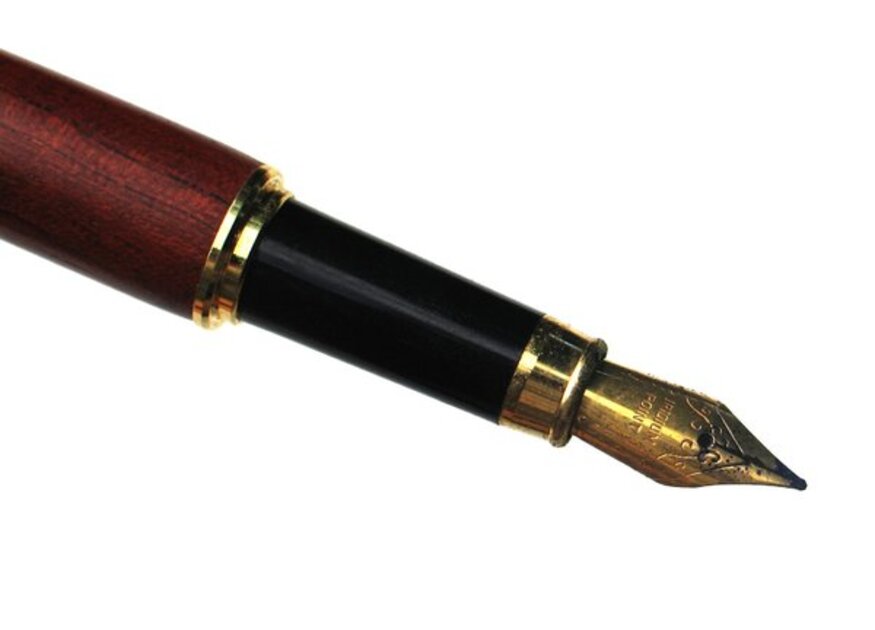
Our Gemara on Amud Aleph discusses the situation of a mobile shelter, and if it has the same status as a stationary one, in that it protects one who is inside it from impurity on the outside such as traveling over a corpse. Tosafos (“Ve-Hatanya”) makes a distinction between a mobile shelter that is held up by people such as a litter, versus a waving cloak in the air that incidentally covers a person and a corpse. The waving cloak is more transient, and according to all opinions, does not have the protective status of a shelter. However, since the mobile shelter is rooted in contact with the ground as the people who are holding it, has a more stable status, and therefore still may be considered a shelter. A stable shelter will protect from impurity on the outside for the one who is contained within it.
Chasam Sofer uses this lomdus to explain a textual anomaly. Pharaoh directs Yosef to bring his father and family down to Egypt (Bereishis 45:19):
ūĢų░ūÉųĘū¬ų╝ųĖųźūö ū”ų╗ūĢų╝ųĄų¢ūÖū¬ųĖūö ū¢ų╣ųŻūÉū¬ ūóų▓ū®ūéųæūĢų╝ ū¦ų░ūŚūĢų╝ųŠū£ųĖūøųČūØų® ū×ųĄūÉųČų©ū©ųČūź ū×ų┤ū”ų░ū©ųĘų£ūÖų┤ūØ ūóų▓ūÆųĖū£ųŚūĢų╣ū¬ ū£ų░ūśųĘūżų╝ų░ūøųČūØųÖ ūĢų░ū£ų┤ūĀų░ū®ūüųĄūÖūøųČųöūØ ūĢų╝ūĀų░ū®ūéųĖūÉū¬ųČųźūØ ūÉųČū¬ųŠūÉų▓ūæų┤ūÖūøųČų¢ūØ ūĢų╝ūæųĖūÉū¬ųČųĮūØūā
And you are bidden [to add], ‘Do as follows: take from the land of Egypt wagons for your children and your wives, and bring your father here.
Yet, when Yosef executes this directive it is described as follows (ibid 27):
ūĢųĘūÖų╝ųĘū©ų░ūÉųÖ ūÉųČū¬ųŠūöųĖųŻūóų▓ūÆųĖū£ųöūĢų╣ū¬ ūÉų▓ū®ūüųČū©ųŠū®ūüųĖū£ųĘųźūŚ ūÖūĢų╣ūĪųĄų¢ūŻ ū£ųĖū®ūéųĄųŻūÉū¬ ūÉų╣ū¬ųæūĢų╣ ūĢųĘū¬ų╝ų░ūŚų┤ųĢūÖ ū©ų¢ūĢų╝ūŚųĘ ūÖųĘūóų▓ū¦ų╣ųźūæ ūÉų▓ūæų┤ūÖūöųČųĮūØūā
and when he saw the wagons that Joseph had sent to transport him and his spirit was revived
A careful reading of Pharaoh’s instructions seems to show more honor to Yaakov than Yosef’s performance. Pharaoh seems to say, the wagons are for the children and wives, while Yaakov will be personally carried on everyone’s shoulders. But the verse later describes the wagons slated for Yaakov!
Chasam Sofer offers a halakhic Chiddush to resolve this: Even according to the opinion that a mobile shelter is considered stable enough to guard from impurity, that is only a litter that is held by people who are firmly in contact with the ground with their feet. However, a wagon with wheels that rolls, and has only a tangential contact with the surface, is similar to Tosafos’ case of the fluttering cloak, and therefore is too transient to safeguard from impurity. As we saw on this daf, the land outside of Israel is impure. Thus, Yosef enhanced Pharaoh’s directive in order to protect his father from the impurities of chutz la-Aretz, by placing him in an enclosed litter carried by people and not one with wheels. This was a special construction that Yosef made in honor of his father. Thus, Yaakov saw the wagons that Joseph had sent to transport him and his spirit was revived. Yaakov was buoyed by the realization that Yosef had remained steadfast to their traditions, and even devised a way to protect Yaakov from impurity.
While discussing this verse and its aggadic implications, I recall a chiddush that my son Hillel devised at the tender age of eight. I always encouraged my children to think of the midrashim thematically and symbolically. We were studying the following midrash:
“Yaakov saw the wagons (agalos) that Yosef sent and his spirit was revived.” Bereishis Rabbah (94:3) and Rashi (Bereshis 45:27) explain what Yaakov saw that revived his spirit. Agalah means wagon in Hebrew, but also calf. The last sugya that Yosef was studying with his father was that of Eglah Arufa (the calf whose neck is broken to help the city elders atone for an unsolved murder, see Devarim 21:1-9.) When Yaakov saw that Yosef was still “holding in learning”, he knew his son did not lose his faithfulness to Torah study, and thus was revived.
Let us wonder, of all the sugyas that Yaakov and Yosef were studying, they happened to be learning the obscure laws of Eglah Arufah? Really? My son Hillel said to me that Yosef was giving his father a gentle rebuke: “YOU WERE NOT THERE FOR ME AND DID NOT SAVE ME FROM MY BROTHERS! YOU ARE THE ELDER WHO NEEDS ABSOLUTION FROM THE SIN OF AN UNSOLVED MURDER THAT HAPPENED IN YOUR DOMAIN!”
My son did not add this last part, but I will reflect that Yaakov’s spirit was revived only after he and Yosef cathartically purged the evil and expiated Yaakov’s sin of neglect through a metaphoric Eglah Arufah ritual. (As a final and personal note, my son was also subconsciously rebuking me for not taking good enough care of him, and protecting him from bullies in school. And true to form, his Shabbos Sheva Berachos took place during Parashas Ki Tetzeh, when we read the section of the Eglah Arufah! I was granted redemption for my neglect as a father once he was successfully married and became his own man.)
Translations Courtesy of Sefaria, except when, sometimes, I disagree with the translation ![]()
If you liked this, you might enjoy my Relationship Communications Guide. Click on the link above.
Rabbi Simcha Feuerman, Rabbi Simcha Feuerman, LCSW-R, DHL is a psychotherapist who works with high conflict couples and families. He can be reached via email at simchafeuerman@gmail.com
 Previous
Previous

